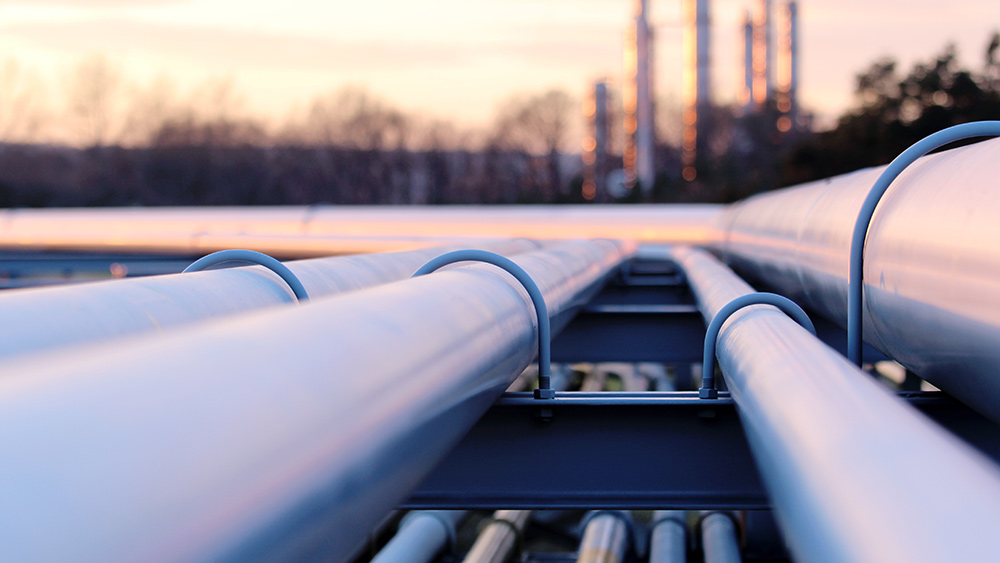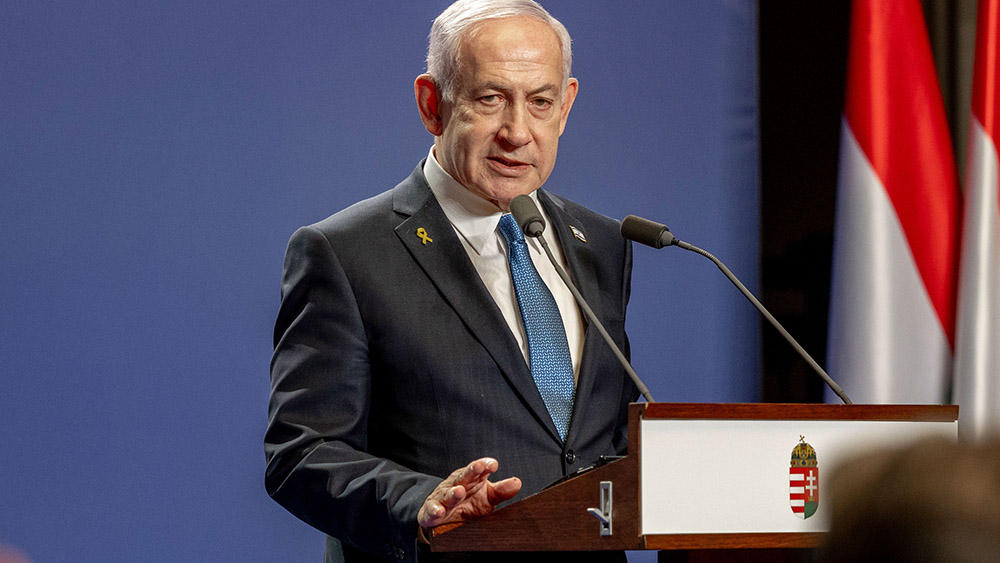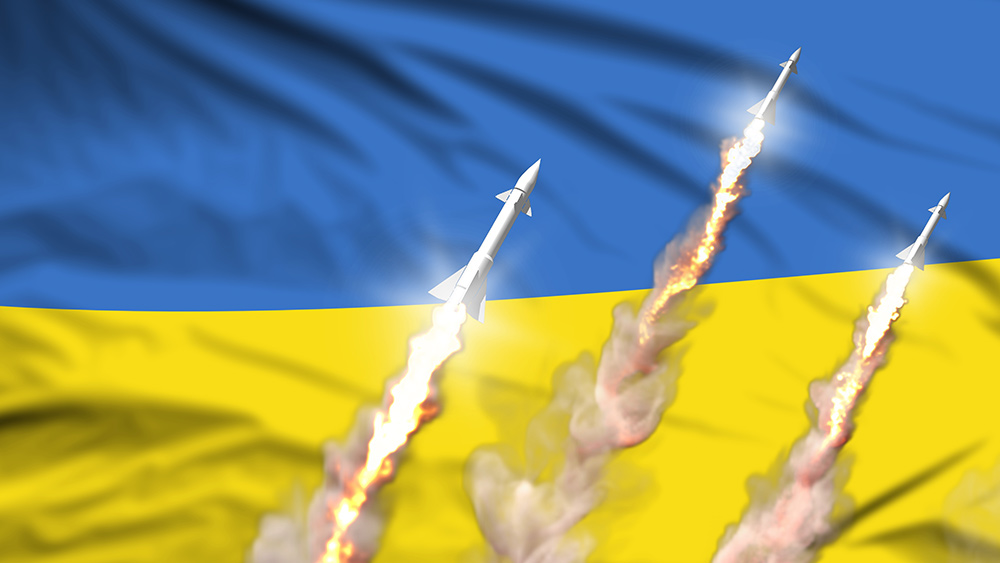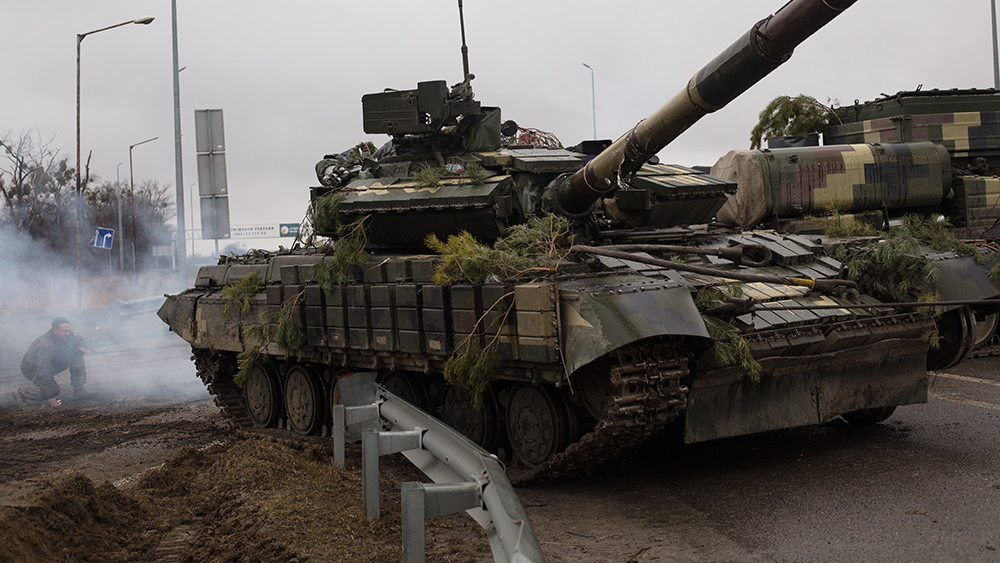U.S. tariff threat hangs over India and global oil market ahead of Trump-Putin summit
By willowt // 2025-08-16
Tweet
Share
Copy
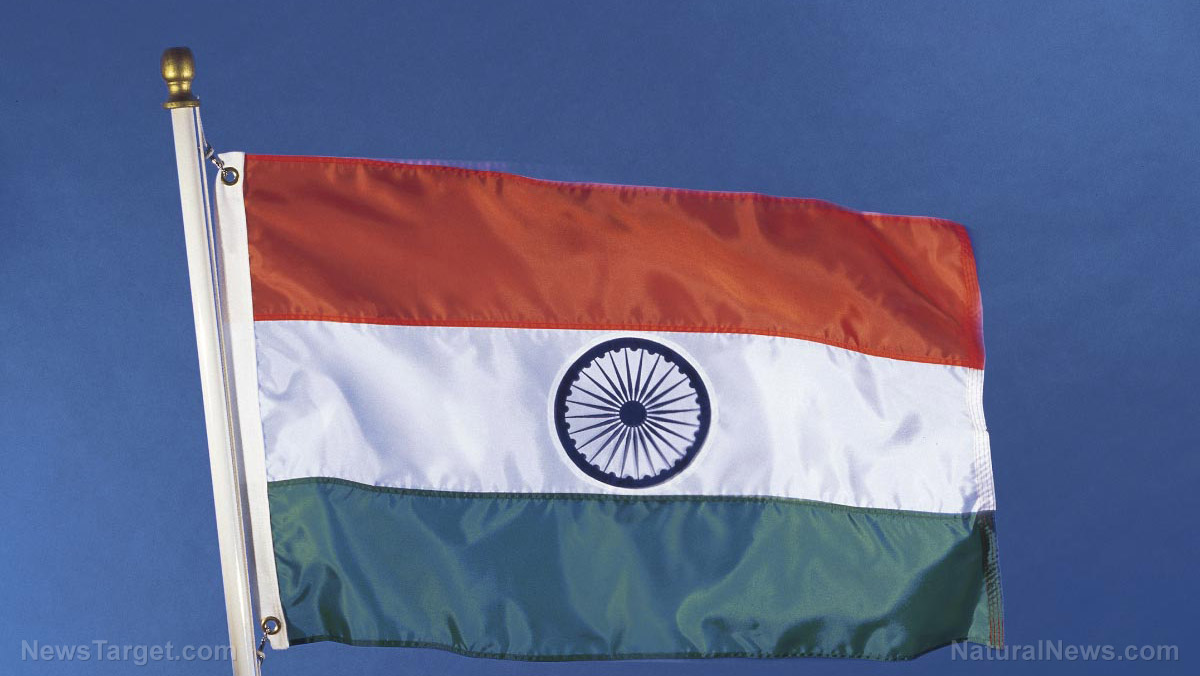
- U.S. may impose 50 percent tariffs on India by August 27 if Trump-Putin talks fail to secure a Ukrainian peace deal.
- Tariffs target India’s textiles and jewelry industries, risking GDP slowdown and millions of jobs.
- India imports 35–40 percent of Russian oil, straining U.S.-India trade ties amid global energy geopolitics.
- Modi’s economic reforms aim to offset U.S. penalties but face challenges without trade pact progress.
- Defense ties remain stable, but economic stakes loom over broader U.S.-India relations.
A new tariff Sword of Damocles over India
The U.S. tariffs, which take effect August 27, aim to punish India’s continued reliance on Russian oil. Since Russia’s 2022 invasion of Ukraine, India’s imports of Russian crude surged to 35–40 percent of total supply, surpassing its 3 percent share in 2021. While Delhi defends the purchases as economically vital to curb inflation amid global crises, Washington views them as a slap in the face to Western sanctions. “The only thing printing money for Moscow is Indian rupees lubricating Russian pipelines,” Bessent fumed in a Fox Business interview. “They’re hitting Americans’ wallets — and now Congress is eager to let them learn a hard lesson.” The tariffs, far from mere economic measures, have become a flashpoint. Analysts warn they could cut India’s GDP growth by 0.5 percent, kneecapping sectors exporting $110 billion annually. Textile giant Arvind Limited has already laid off 12 percent of its workforce, and jewelers, 70 percent reliant on the U.S., face crippling price hikes.The geopolitical chessboard of energy and sanctions
The Trump-Putin meeting’s success hinges not only on Ukraine’s fate but also on Indonesia’s energy habits. The U.S. insists that India’s defiance undermines its “secondary sanctions” strategy — punishing third-party buyers of Russian oil — which relies on international compliance to starve Moscow of revenue. A failed summit could mean India is left isolated. European allies, though skeptical, may side with Trump: “If you want to keep selling us weapons, you can’t fund our enemies,” NATO’s Jens Stoltenberg noted sharply. Historically, U.S.-India trade renegotiations since 2023 have stalled. Delhi rejected U.S. demands to open dairy and agricultural markets, fearing domestic backlash from farmers. Meanwhile, India’s $45 billion trade surplus with the U.S. — the country’s largest — has fueled Trump’s “fair trade” crusade.Delhi’s dilemma: Easing tensions or the economy?
Prime Minister Narendra Modi, delivering his Independence Day address August 15, called for economic self-reliance, a speech analyst Chandrahas Mahapatra termed “a veiled shot at the U.S.” Modi pledged tax cuts for manufacturers to insulate India from U.S. tariffs — a move welcomed by the Hindu nationalist base but dismissed by critics as “wishful thinking.” “India can’t negotiate from weakness,” Economic Affairs Secretary Sameer Killedar declared. “The U.S. forgot we’re not a client state. Paying $4 a gallon for Brent crude isn’t their problem.” Yet the calculus is grim. If tariffs hit 50 percent, India’s $43 billion U.S. textile exports face a 19 percent drop, according to Goldman Sachs. Meanwhile, Kremlin-backed media shrieked that Biden Democrats’ “Lenin-like tactics” aimed to sabotage India’s rise.Modi’s push for autarky as U.S. tightens the screws
The domestic fallout threatens Modi’s political capital. While defense ties remain strong — U.S. military exercises continue — the economic rift couldn’t come at a worse time. A Bloomberg poll showed 61 percent of Indians now view the U.S. as a “unilateral bully,” a sharp rise since 2022. “We must pivot to Southeast Asia,” said exporter Rajesh Shetty. “If the U.S. wants a trade partnership this much, they’ll sacrifice me first.” As the Trump-Putin meeting approaches, India walks a tightrope. One path: concede to U.S. demands, risk alienating Russia and stabilize markets. The other: withstand tariffs, dig in on energy imports and hope sanctions won’t cripple its workforce.A shift in geopolitical winds
The August 27 tariffs loom like a storm cloud over Asia’s third-largest economy. As President Bessent reminded Congress, “India’s not too big to fail — any nation overplaying its hand risks our response.” Whether this pressure forces Delhi’s hand or backfires into a trade war may reshape global alignments for decades. For now, both pays wait — for peace or peril. “We’re not India’s father figure,” Putin smirked to reporters. “Let them see what happens when they dance without our music.” Final thought: The world watches as the Arctic chill of geopolitics grips New Delhi — and tests the limits of its sovereignty. Sources for this article include: TheNationalPulse.com BBC.com HindustanTimes.comTweet
Share
Copy
Tagged Under:
Donald Trump economy Russia market crash national security India Putin White House big government risk chaos peace talks money supply WWIII bubble Narendra Modi supply chain tariffs trade wars economic riot finance riot
You Might Also Like
Slovakia denounces Ukraine’s latest attack on Druzhba pipeline
By Ramon Tomey // Share
Famine officially declared in Gaza for the first time by UN-backed hunger monitor
By Laura Harris // Share
By Finn Heartley // Share
Trump’s Pentagon quietly blocks Ukraine’s missile strikes on Russia to push peace talks
By Cassie B. // Share
Recent News
Study: Fructose consumption linked to heightened immune response and increased infection risk
By patricklewis // Share
Surviving the unthinkable: How to prepare for a long-term economic collapse
By dominguez // Share
Beyond the itch: Rewriting the playbook for eczema care
By willowt // Share
Former CDC director calls for removal of COVID-19 mRNA vaccines from the market
By ramontomeydw // Share
